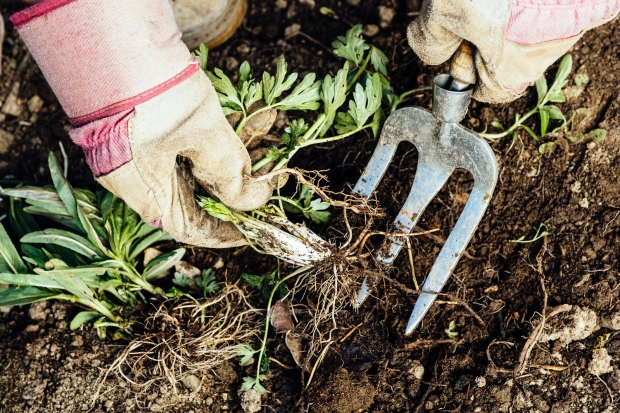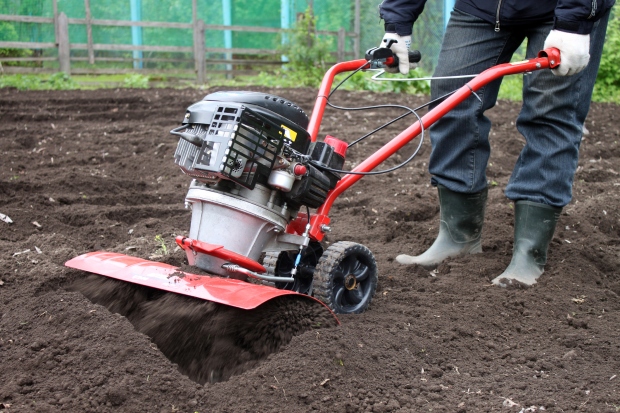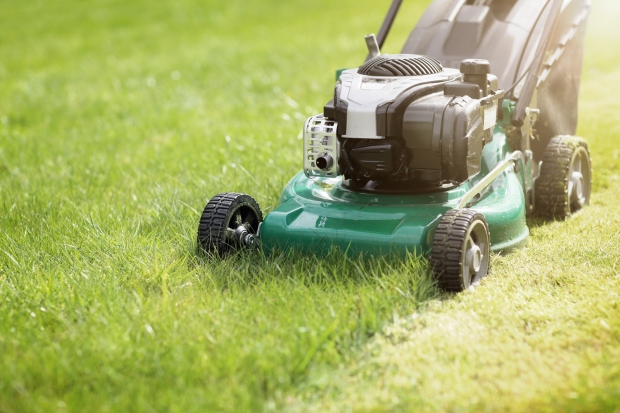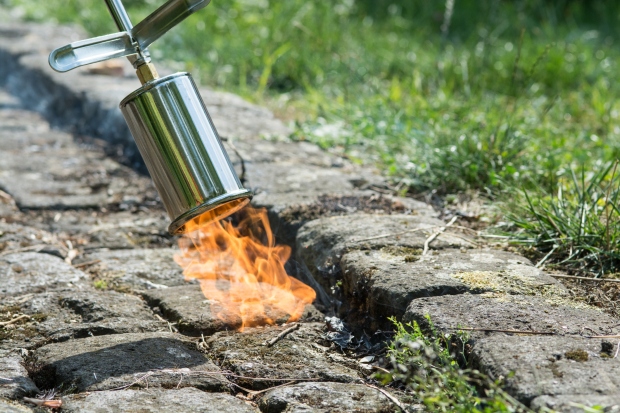Practical Techniques to Remove Weeds from the Garden
There are two primary methods for weed removal: mechanical and chemical. These methods provide a range of approaches that are suitable for all users with a wide range of capabilities. For example, mechanical methods include hand-weeding and mowing. In contrast, chemical methods deal with applying chemical substances distributed with tools such as pumps and backpack sprayers.

Before choosing a removal method, it is important to understand the vegetation that needs removal as well as your own physical limitations. In some cases, weeds may be toxic, have thorns, or have other harmful qualities. Some methods require bulky equipment that may not be suitable for certain terrains. Precaution is essential when handling any operations within the garden to prevent harm to yourself and others.
How to Use Mechanical Methods for Weed Removal
Hand-weeding is a suitable method to use in small areas for small weeds. However, it can be time-consuming and is not recommendable for large areas. In addition, it’s vital to remove the weed as a whole, including its root. When dealing with large weeds, there is a risk that the root will snap during the pulling process due to its depth. Hand-weeding is the simplest method since it does not require special tools.

Tips:
- Tackle weeds in their early growth stage.
- Removed with the root intact.
- Take the weed by its base and slowly pull it upward to reduce the risk of snapping.
Tillage is the process of disturbing the soil bed by using either a hand-held hoe or a motorized rotor-tiller. The hoe method works by bringing the entire weed to the surface. The rotor-tiller destroys the weed and buries it to decompose and add nutrients to the soil. Hoes and rotor-tillers work more effectively with smaller plants. Large plants with extensive root systems can cause entanglement or are too large to be removed entirely and effectively.

Tips:
- Properly dispose of up-rooted weeds to prevent them from re-rooting.
- Running over the surface at least twice will chop weeds more effectively and bury weeds deeper.
- Repeat tillage every two to four weeks while weeds actively grow to manage regrowth and new shoots.
- Avoid all tillage when weeds have gone to seed to avoid planting seeds in the soil bed.
- The initial tilling will disturb existing buried seeds and cause a weed bloom, but this will reduce in the second and third cycles.
Mowing weeds with a conventional lawn mower might manage to kill smaller weeds after two to three cuts. Generally, this method works by gradually depleting the weed’s stored energy. However, this is not the best solution because mowing doesn’t remove the root, allowing weeds the opportunity to re-sprout. The remaining root will continue to harvest nutrients and consume water, gradually undernourishing desirable plants and grass. Furthermore, the mower’s airflow may scatter new seeds to a larger area, worsening the weed problem.

Tips:
- The lawn mower deck should be lowered to at least two inches.
- Know your lawn’s recommended cutting height to avoid harming it.
- Manage the cutting schedule so that it is not too far apart to prevent the weeds from flowering and going to seed.
Flame weeding is a method that utilizes propane gas and a wand. The propane flame passes over the above-ground portion of the weed, heating the tissue and causing enough harm to kill it. Flame weeding is ideal for sidewalk cracks, pathways, fence lines, or any area where weeds have sufficient distance from desired plants.
A notable drawback to flame weeding is the flame’s intensity and the user’s ability to direct it accurately. Therefore, properly controlling the flame is essential to avoid accidentally harming nearby plants and structures. Additionally, the device’s bulky setup can be unmanageable for some users. For example, the propane cylinder requires a dolly and may prove cumbersome on steep or uneven terrain.
Use caution. Flame weeding can pose many hazards, and understanding and adhering to local law is imperative. Flame weeding may only be allowed at certain times of the year or may be banned entirely.

Tips:
- This technique best suits annual weeds one to two inches tall.
- Perennial weeds require several treatments at two- to three-week intervals.
- Always check with the local fire department about rules and regulations.
How to Use Chemicals for Weed Removal
Herbicides are chemical substances that are toxic to plants. Herbicides quickly kill plants by coating the leaves with toxins. Chemical weed killers can be applied using basic hand-held pump sprayers, backpack sprayers, and large towed machines.

Herbicides are either selective or non-selective. Selective herbicides target and kill specific grassy and broadleaf weeds. Their advantage is that they allow whole areas to be treated simultaneously without causing unwanted harm to other plants. They are excellent for lawns. However, selective herbicides are less effective and may require repeated treatments. Non-selective herbicides cannot distinguish between plants and weeds. Therefore, non-selective herbicides will kill or harm any plant they come into contact with and work best in contained areas.

When using chemical products for the garden, it is vital to follow the product instructions and acquire professional advice when needed. For example, improper use of glyphosate herbicide can cause rashes, blindness, blisters, dizziness, nausea, diarrhea, and death. Paraquat can cause multiple organ failures and lethal blood cancer. Ensure the use of protective personal equipment and barriers such as ear defenders, eyewear, gloves, and respiratory devices accordingly.